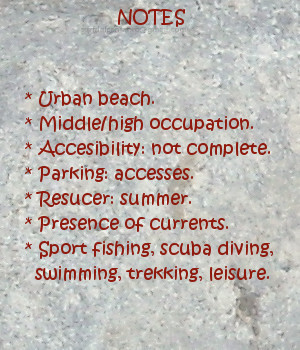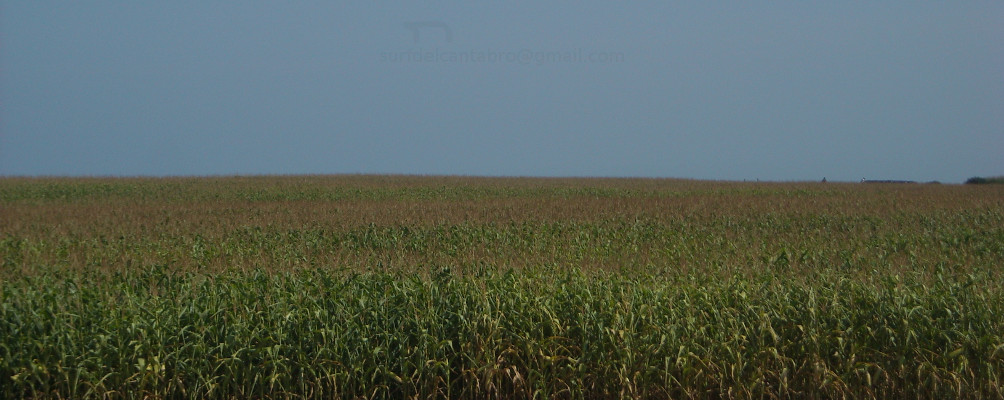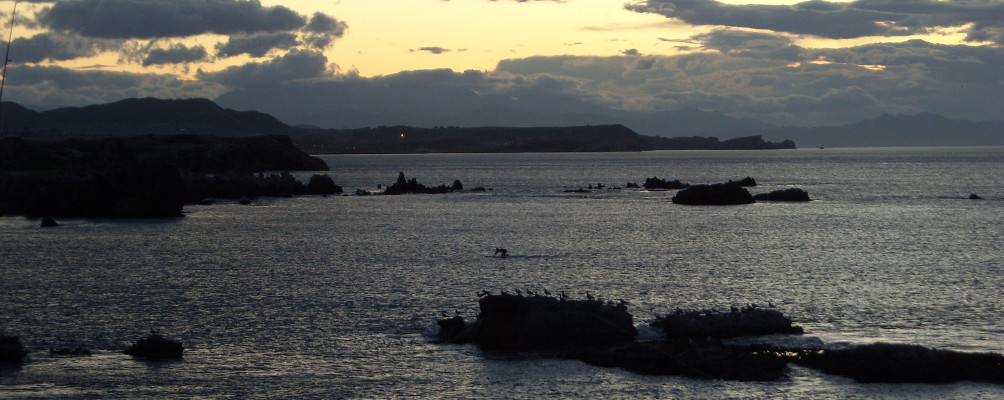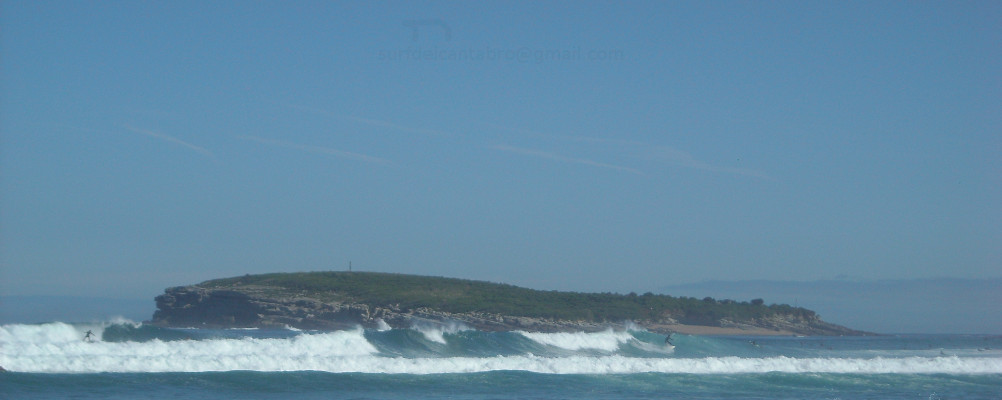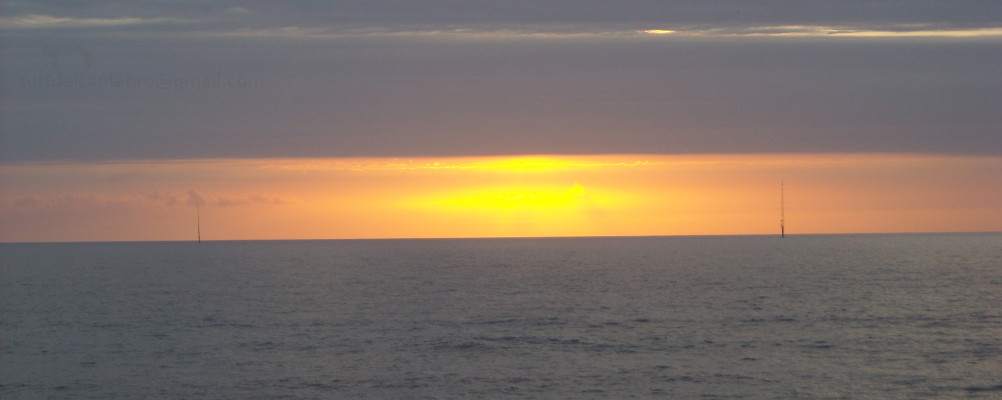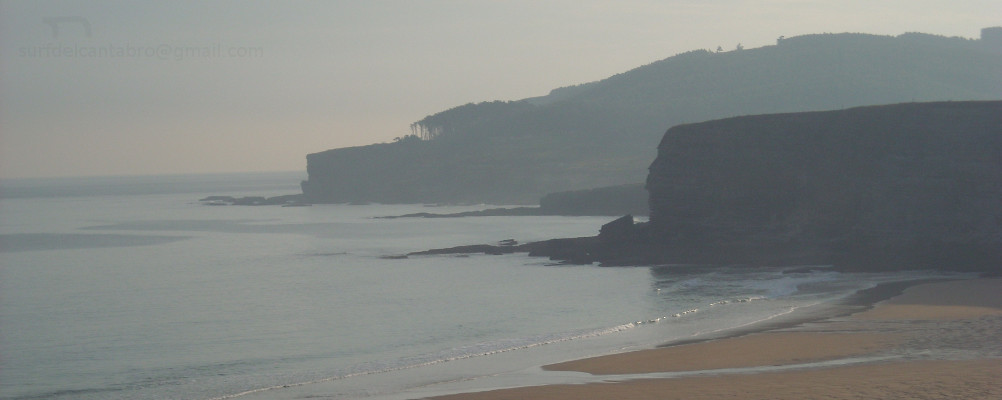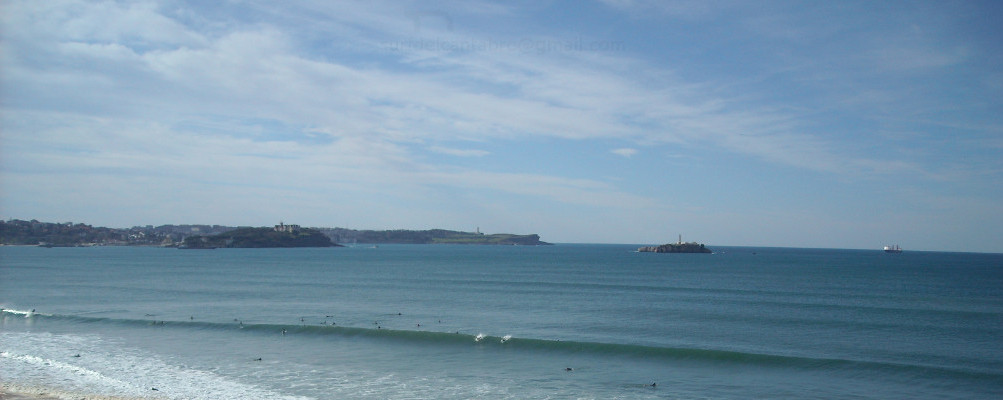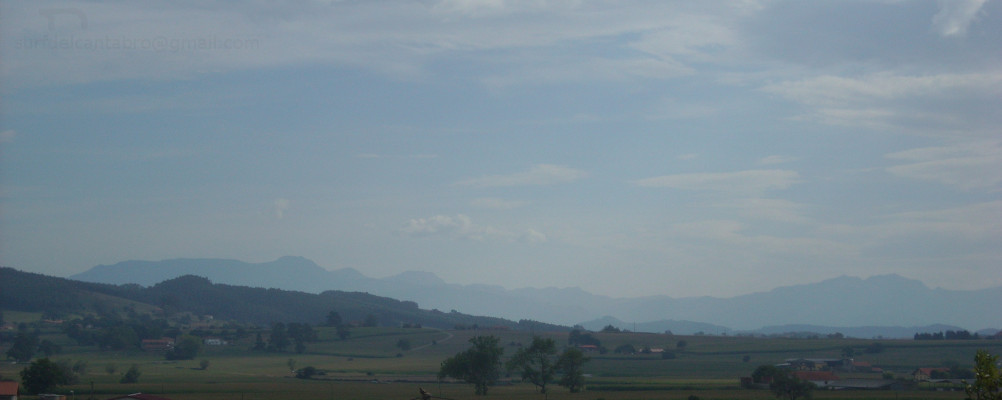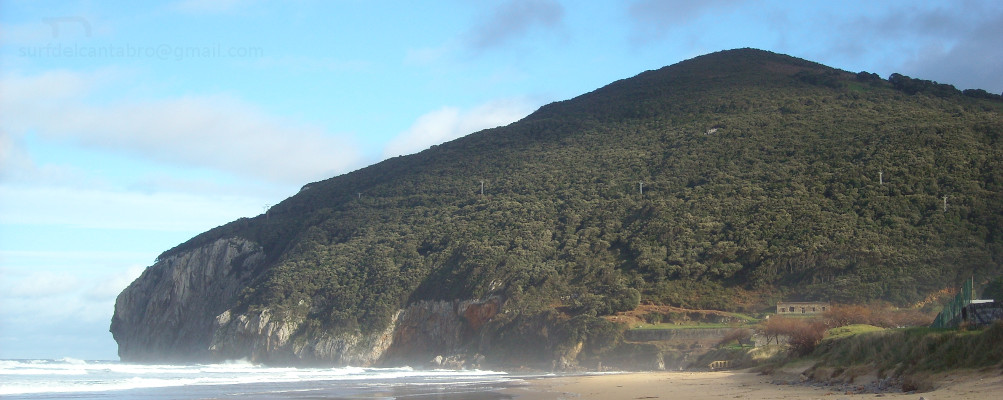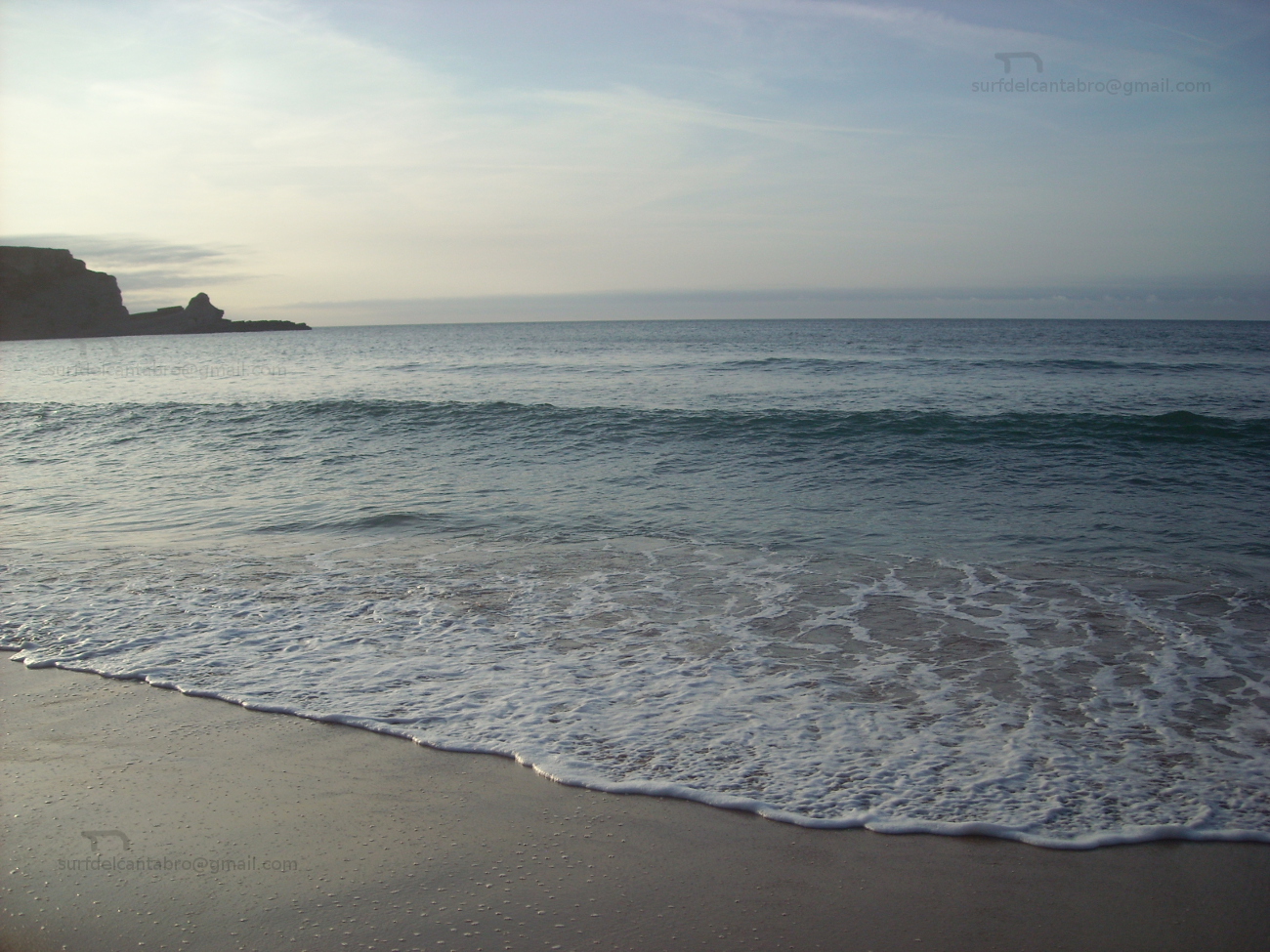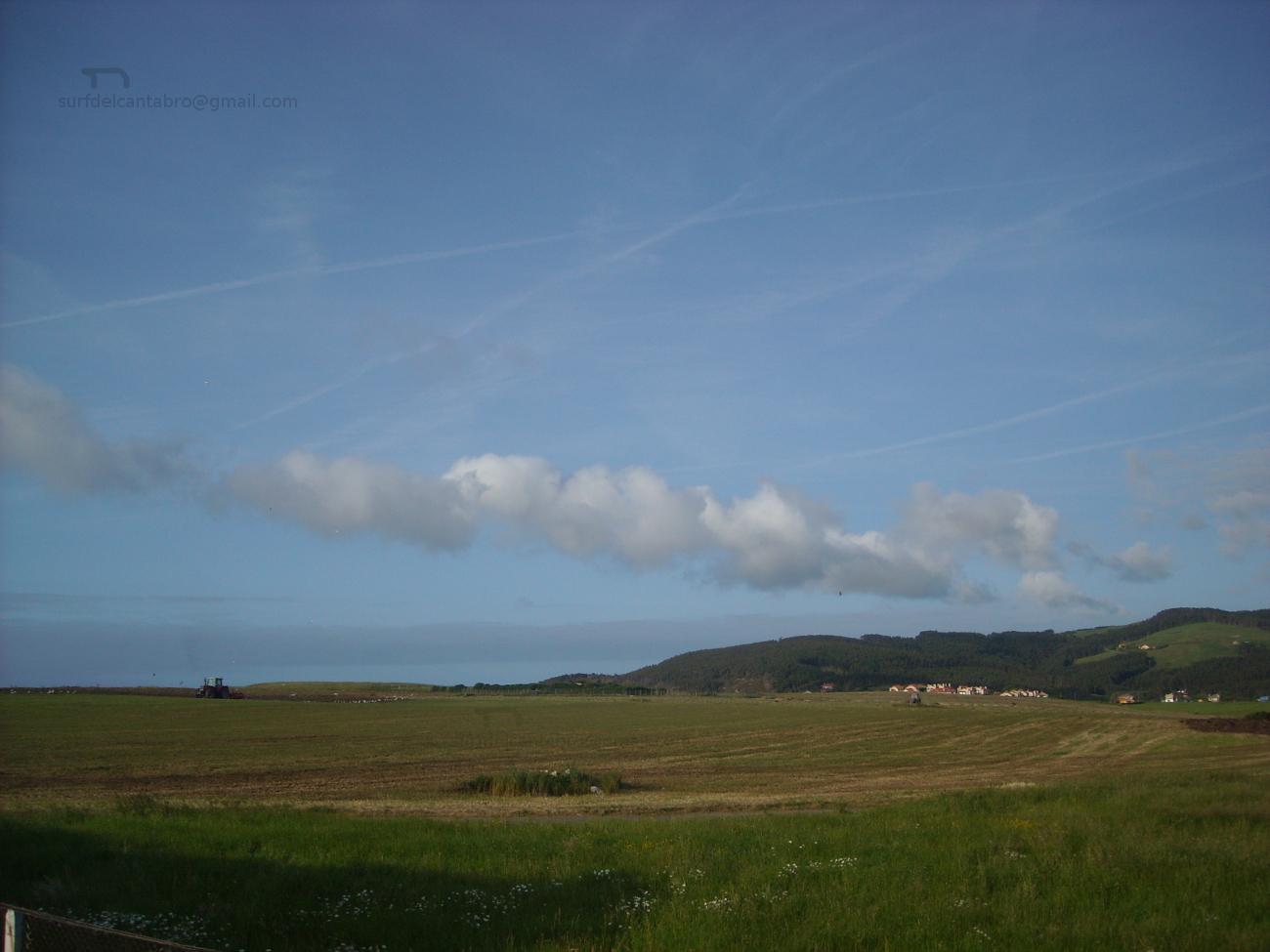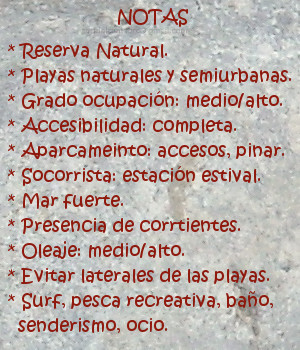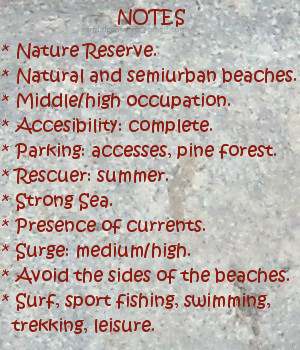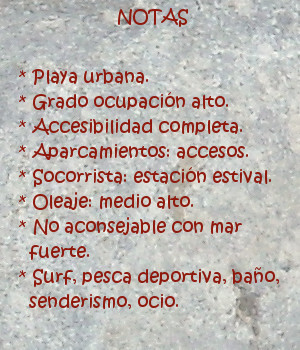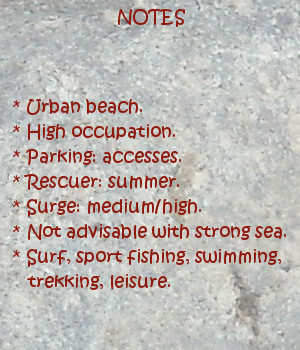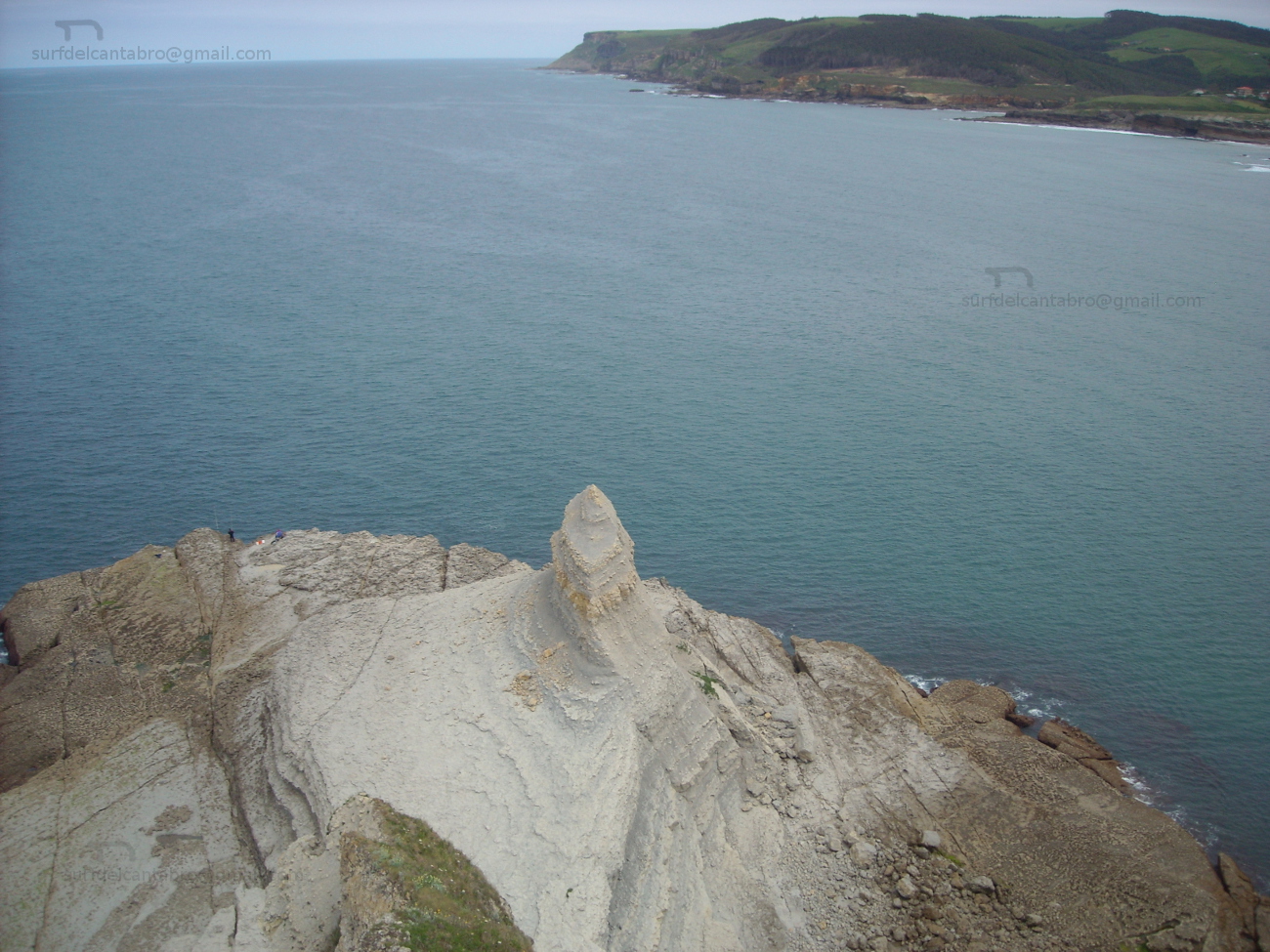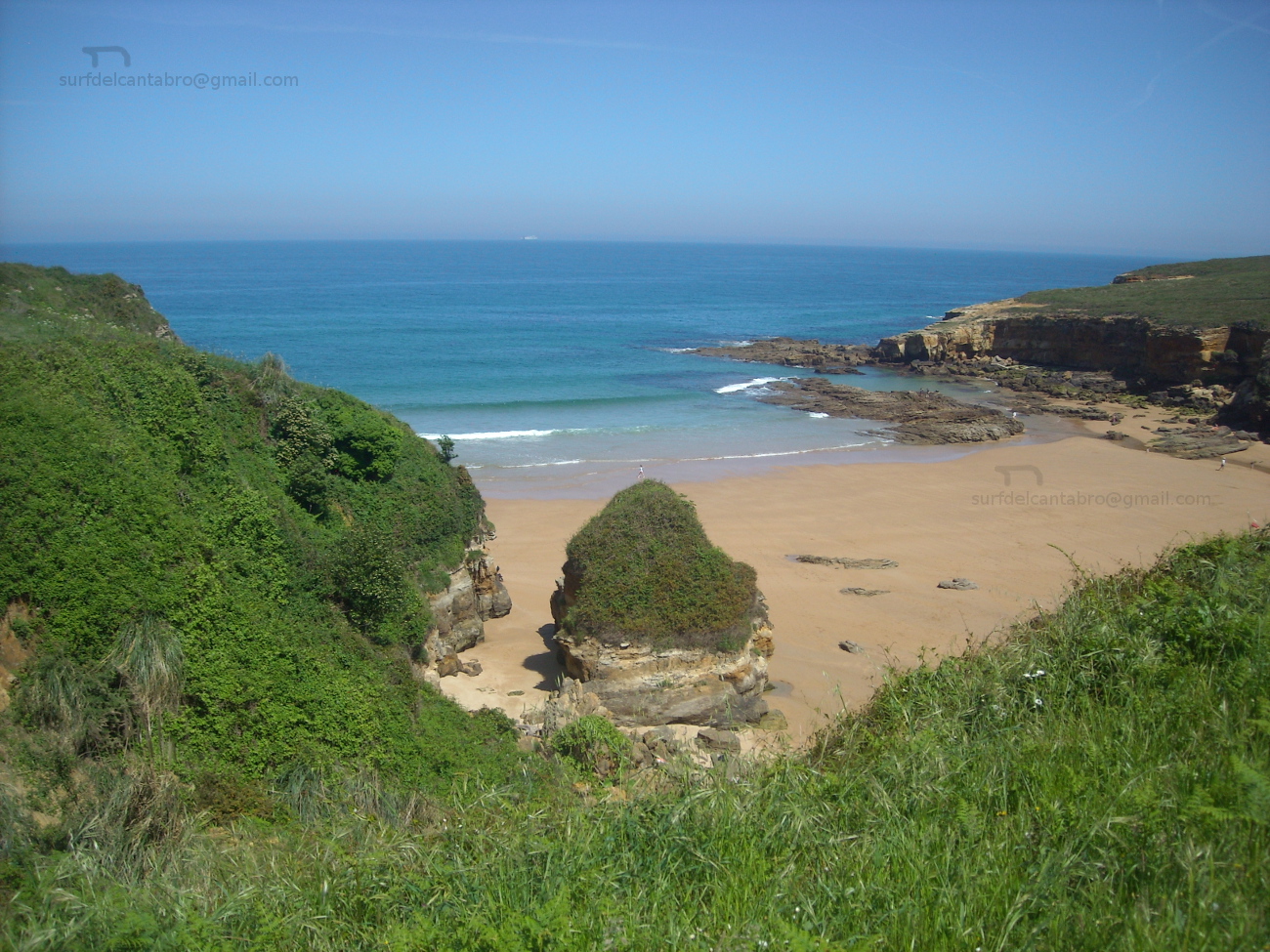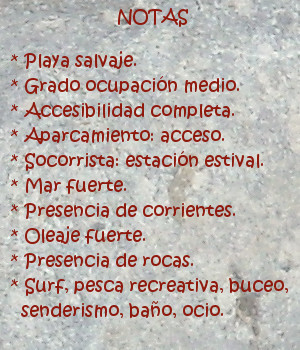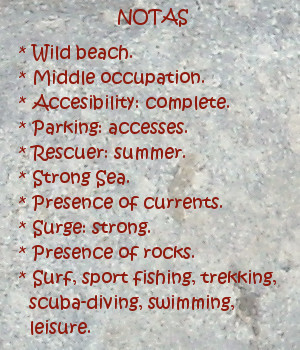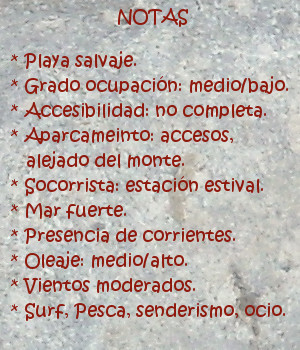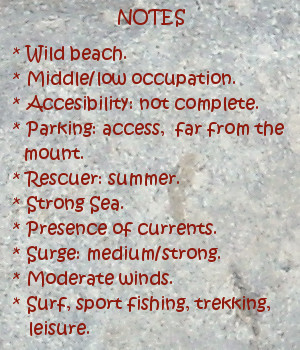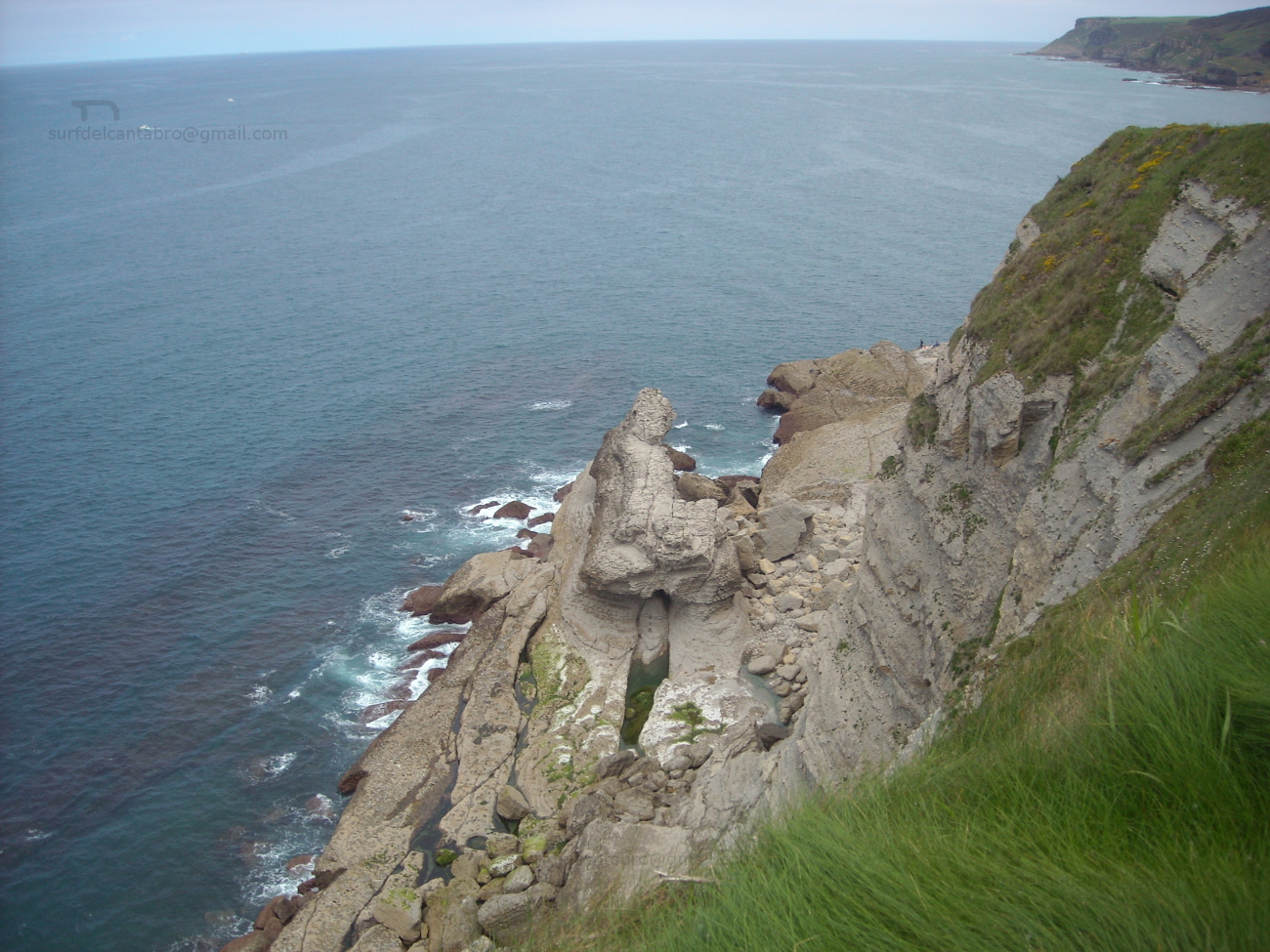La Maruca, lugar
![]() La Maruca es una ensenada natural ubicada en la desembocadura del Arroyo de la Tejona o Ría de San Pedro del Mar. Emplazada en la costa norte de la ciudad de Santander en el barrio de Monte, su forma de «L» invertida alberga un pequeño puerto pesquero, la playa de la Maruca y los acantilados que acompañan al Mar Cantábrico hasta su encuentro con la ensenada.
La Maruca es una ensenada natural ubicada en la desembocadura del Arroyo de la Tejona o Ría de San Pedro del Mar. Emplazada en la costa norte de la ciudad de Santander en el barrio de Monte, su forma de «L» invertida alberga un pequeño puerto pesquero, la playa de la Maruca y los acantilados que acompañan al Mar Cantábrico hasta su encuentro con la ensenada.
Dispone de un paseo marítimo que se ocupa toda su extensión, dando acceso a una zona amplia de aparcamientos, restaurantes, y al Centro de Interpretación del Litoral; museo dedicado al mar. Antigua zona de pescadores, en el centro de la ensenada se erige la estatua de un pescador, homenaje a la gente del mar que puebla el barrio de Monte.
La playa de la Maruca es de arena fina, abundante en rocas, de irregular y original forma, es apta para el baño y el recreo. La pesca deportiva y el submarinismo encuentran en esta zona condiciones naturales ideales. El fondo rocoso y arenoso,junto con la proximidad del mar abierto, contribuyen al enriquecimiento de los fondos marinos y la abundancia de especies de peces, a lo que se suma la presencia ocasional de focas y delfines.

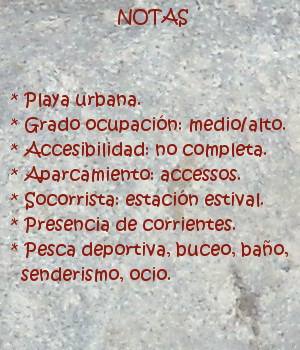
La Maruca, place
![]() La Maruca is a natural inlet located in the mouth of the Creek of La Tejona or Stuary of San Pedro del Mar. Located on the north coast of the city of Santander, in Monte’s neighborhood, its form of «L» reversed shelters an small fishing port, the beach of the Maruca and the cliffs that accompany the Cantabrian Sea up to its meeting with the inlet.
La Maruca is a natural inlet located in the mouth of the Creek of La Tejona or Stuary of San Pedro del Mar. Located on the north coast of the city of Santander, in Monte’s neighborhood, its form of «L» reversed shelters an small fishing port, the beach of the Maruca and the cliffs that accompany the Cantabrian Sea up to its meeting with the inlet.
It has a promenade that extends across all its area, leading to a wide zone of parkings, restaurants, and to the Center of Interpretation of the Littoral; museum dedicated to the sea. Fishermen’s ancient zone, in the center of the inlet the statue of a fisherman is raised, honoring to the people of the sea who populates Monte’s neighborhood.
The beach of the Maruca is of thin sand, abundant in rocks, of irregular and original form, it is suitable for swimming and the entertainment. The sports fishing and the scuba diving find in this zone a natural ideal conditions. The rocky and sandy bottom, together with the proximity of the open sea, contribute to the enrichment of the sea beds and the abundance of species of fish, plus the occasional presence of seals and dolphins.

